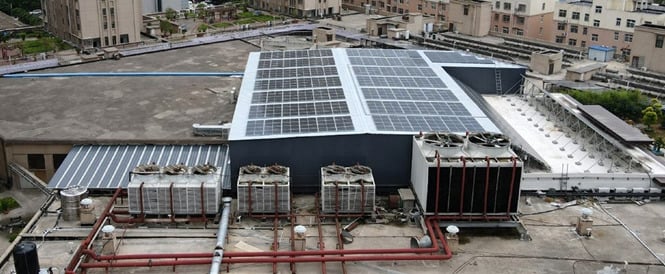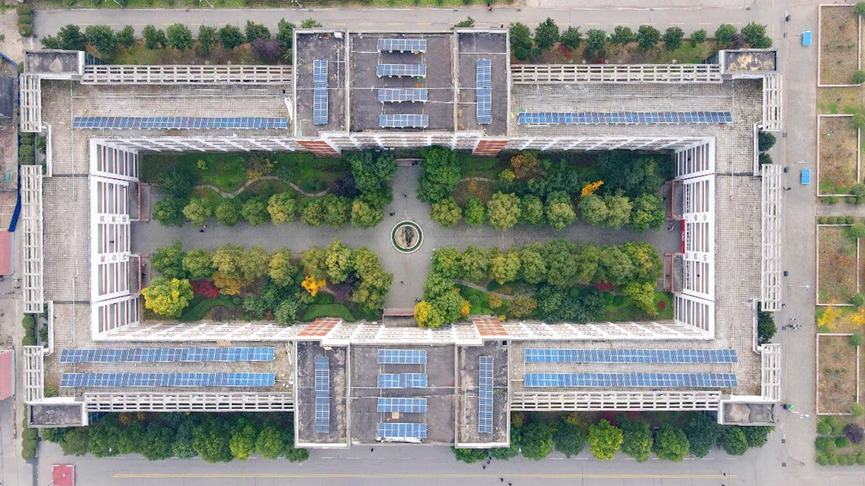Huawei and TÜV Rheinland have released a white paper on optimizer safety, sharing conclusions from field testing conducted in order to verify the safety features of Huawei’s own optimizer.
The paper details how adopting the new “optimizer + two-stage inverter” architecture delivers additional safety features, such as module-optimization, enabling PV modules to independently generate energy; module-monitoring, enabling real-time intelligent O&M; and module-rapid shutdown, preventing electric shocks.
As optimizers deliver greater and faster ROI compared to traditional PV solutions, those solutions equipped with Module-Level Power Electronics (MLPE) are gaining popularity. In fact, statistics recently released by IHS predict a significant increase in both global shipments (77GW by 2027 vs 8.2GW in 2021) and optimizer market penetration (up to 30% by 2027 compared to 7.47% in 2021).
Along with this market growth comes the necessity to adopt comprehensive measures to reach the highest safety standards to safeguard both individuals and property. Huawei’s innovative architecture helps address these challenges by offering features such as rapid shutdown technology combined with intelligent arc fault detection.
In the case of a fire-related incident in a PV system, the safety features allow firefighters to carry out safe, fast and efficient interventions.
In similar situations, traditional PV systems would only present a perilous environment, preventing any safe intervention, potentially resulting in a prolonged fire that would cause further damage to the site.
Huawei and TÜV Rheinland conducted field tests on optimizers to verify their safety features. The test results show that, when disconnecting the DC and AC switches, the MPPT inverter voltage drops to zero V, Huawei optimizer in 25s (DC) and 11s(AC), which meet the requirements of the NEC 2020 690.12 standard.

Alongside safety features, this innovative architecture offers the ability to maximize the full potential of PV modules, enabling systems to achieve higher installed capacity in challenging situations such as areas with limited space or with temporary shadow.
Huawei and TÜV have conducted a test comparing PV installed energy capacity both with and without optimizers on the roof of a school. The results demonstrate that the installed capacity has increased by 25.9% after optimizers were used.

In addition, verification was performed in the scenario where mismatchwascaused by old modules. The PV energy yield of the household equipped with optimizers was 3.56% and 2.73% higher than that of the other two households without optimizers.




